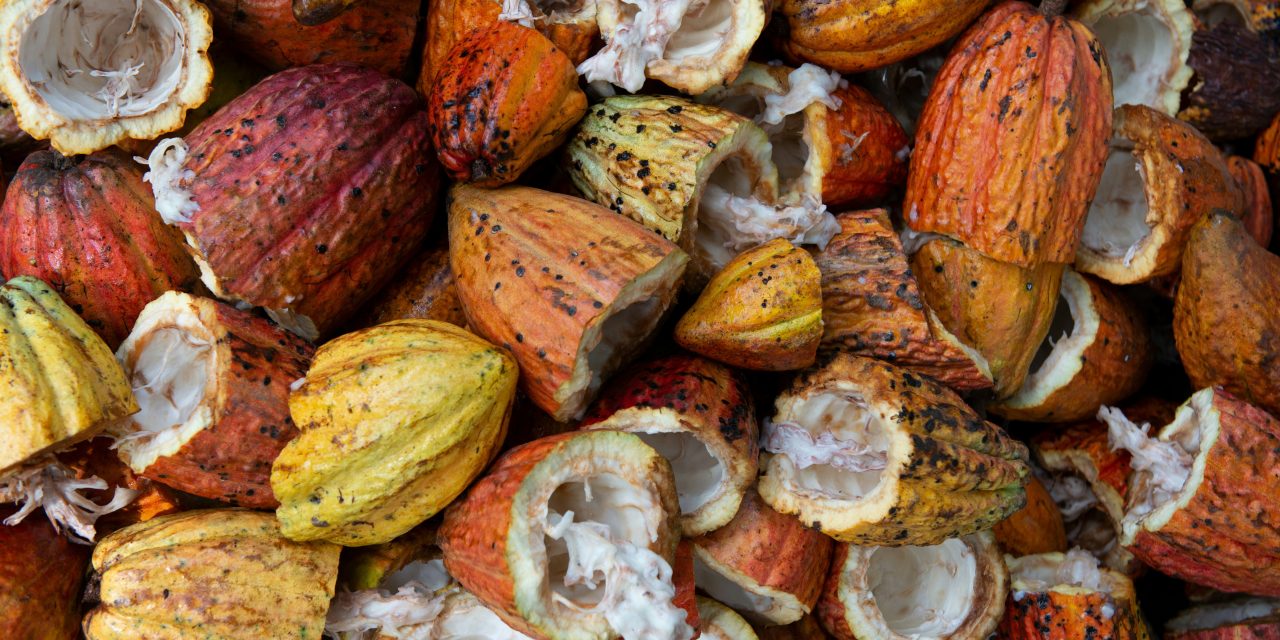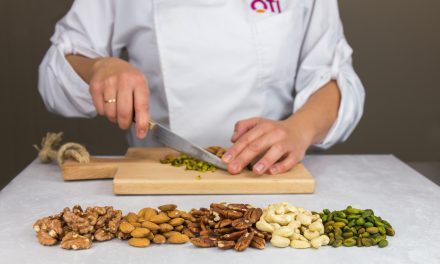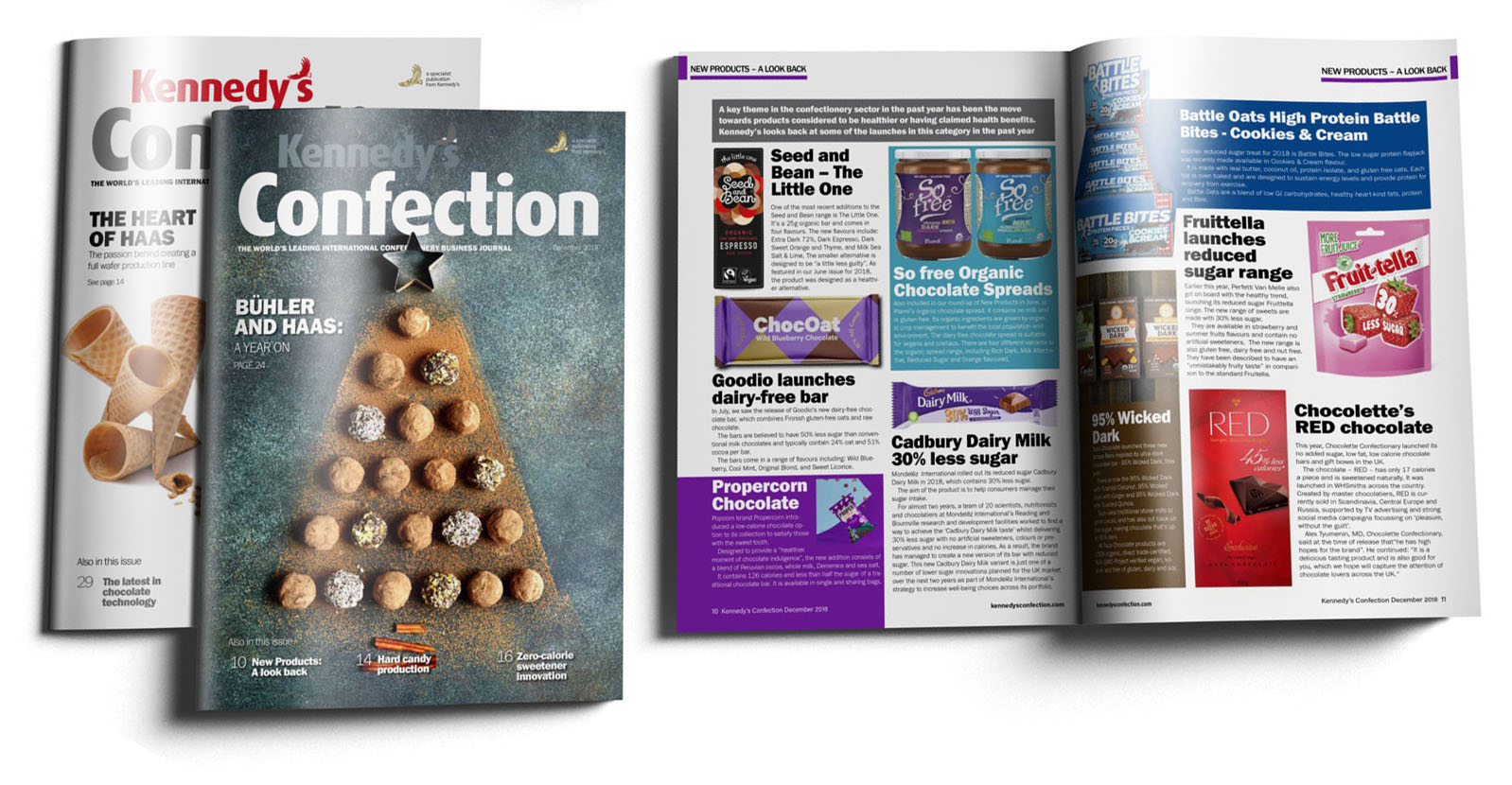Cocoa prices soar as supply dwindles due to poor harvests in West Africa, forcing chocolate manufacturers to consider alternative ingredients and strategies amid a looming industry crisis. Andy Fleming, Chief Commercial Officer, IRCA Group explores all the options available.
It’s 200 years since chocolate was a luxury that only the rich could afford. These days we take it for granted – but with cocoa prices skyrocketing, confectioners are being forced to draw up alternative plans.
Three years of disappointing harvests in Ghana and Ivory Coast are pushing prices towards $10,000 a ton. Cocoa’s value on London’s financial markets has practically trebled in a year.
This could be the result of climate change causing weather variations in West Africa, or it might be a consequence of decades of underinvestment. Farmers abandoning their ageing, diseased cocoa trees to plant new ones elsewhere, or switching to easier crops entirely.
Whatever the cause may be, there’s no doubt that the industry is in crisis. In normal times, Cocoa processors turn out cocoa butter and cocoa liquor for chocolate-makers on demand. But with prices so high, there is a hesitancy from processors and the large FMCG companies.
From my vantage point at IRCA Group, an Italian-based international leader in chocolate, creams and high-quality ingredients, I know from experience that the crisis is driven by a multitude of factors. Fundamentally, however, it’s a supply and demand issue.
A fourth bad harvest looks likely in the two countries that produce 60% of the world’s cocoa. Demand remains stable with moderate growth, but supply is falling catastrophically.
In fact, cocoa markets haven’t seen such an enormous deficit for half a century. According to the International Cocoa Organisation’s most recent estimate, that amounts to 374,000 tonnes.
In the meantime, as stocks decline and prices soar, manufacturers use traditional hedging mechanisms to protect their pricing and margins. However, does that mean that everyone who has a forward contract will be supplied? Will a financial and commercial risk materialise as a physical risk?
The impact of the soaring commodity price hasn’t been felt completely. Manufacturers and consumers are insulated to some degree because of hedging from anything from eight to 16 months. But this is going to come home to roost, as these prices will hit at some point.
The important question is who reacts first. Will consumers wait and see what food companies do, then respond accordingly? Or will manufacturers draw up alternative tactics, rather than passing the costs on to their customers? It all depends on the company.
Some will simply say, “This is the price we have,” – therefore they will put their prices up. I would expect premium chocolate brands to do this, as they may be very reluctant to change their proposition. Hence, the consumer will have to pay more.
But for some of the more mainstay brands and private labels, that’s not such an easy decision. If prices go up, consumers will simply choose something else instead. That will drive a lot of challenge and change, but ultimately opportunity.
This begs the question of what they can realistically do. The answer is a combination of things. They can use less chocolate – in other words, alternatives to chocolate – and configure their products in a smart way. They could also charge the same price for a smaller product: the “shrinkflation” strategy.
A third option is to use chocolate on the outside of the product and use a filling inside with a cost-effective inclusion. Among the alternatives that are still within the confectionary boundary, compound chocolates – made with vegetable fat rather than cocoa products – turn out to be a lot cheaper. The product still looks like a chocolate and tastes like a chocolate to an extent. But it’s not.
Replacing a chocolate chip with a fruit piece, caramel piece or a biscuit piece serves a similar purpose.
The multitexture, multisensory trend within our category is a big opportunity. The consumer is asking for this, the manufacturer needs to do it, and we’re ready to supply it.
IRCA is a major supplier of extruded cereals, biscuit pieces, creams, compounds and fillings. These are 30-40% cheaper than chocolate prices, so the more of it you use, the more affordable you make your proposition.
If there is going to be a bunfight for available chocolate in the market there may also be a secondary impact to sustainability and traceability – that is, tracking products and materials through their entire lifecycle. This might also hinder manufacturers’ sustainability policies if a manufacturer insists on geo-mapping and selective co-operatives. What happens when there simply isn’t enough product from these sources?
In the medium and long term, the industry will need to redouble its efforts when it comes to getting more cocoa into the system.
In West Africa, campaigners say that the problems facing farmers are formidable. A swollen shoot virus has caused such widespread devastation that in February, regulators at the Ghana Cocoa Board arranged a US$200 million loan from the World Bank.
The plan is to take over farms, replace the diseased trees and hand the properties back to their owners when the new trees are thriving.
Encouraging the next generation into farming is of crucial importance. So is a better mechanism for implementing farmgate prices. The recent steep rise in commodity prices has barely filtered through to 5 million smallholder cocoa farmers of West Africa.
Initiatives to encourage cocoa farming have become more topical in recent years, but they will become essential. In a way, you could argue this crisis, and the shock to the supply chain, is what’s necessary to catalyse the market. And as a result, the necessary long-term changes will take place.







